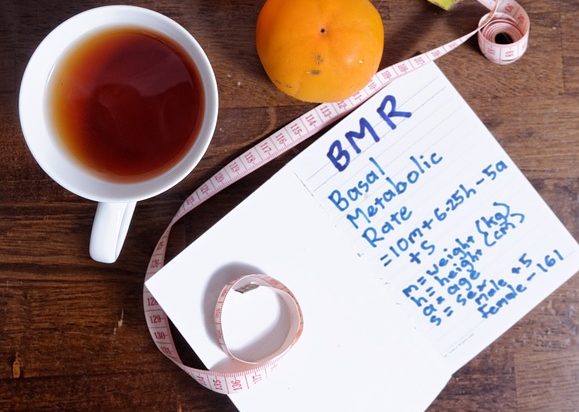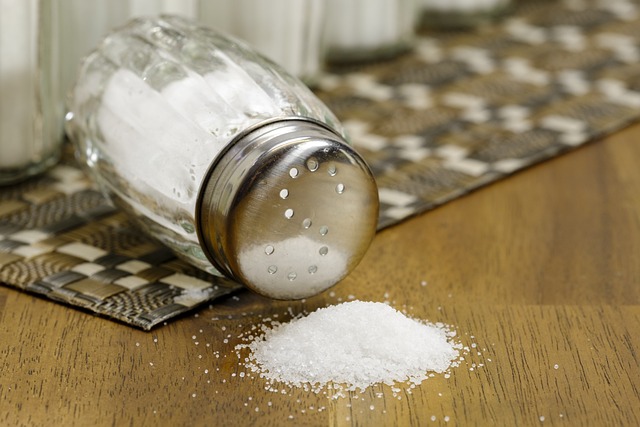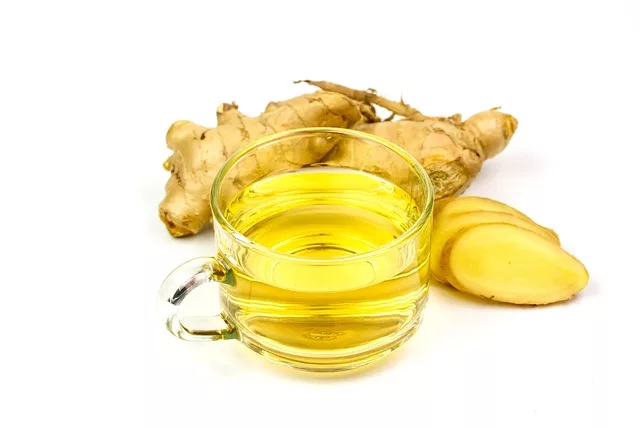As temperatures rise, it’s important to be aware of the risks associated with heat-related illnesses. Heat exhaustion is a common condition that occurs when the body becomes overheated and struggles to regulate its core temperature. In this article, we will explore what heat exhaustion is, its symptoms, who is at risk, how it happens, and most importantly, how to prevent and treat this heat-related condition.
What is Heat Exhaustion?
Heat exhaustion is a heat-related condition that typically occurs due to prolonged exposure to high temperatures and inadequate fluid intake. It is characterized by the body’s inability to cool itself properly, leading to an imbalance of electrolytes and fluids.
Recognize the Symptoms
Recognizing the early signs of heat exhaustion is crucial for timely intervention. Look out for the following symptoms:
- Excessive Sweating: Profuse sweating is a common symptom of heat exhaustion as the body attempts to cool down. However, in severe cases, sweating may diminish.
- Fatigue and Weakness: Feeling overly tired, weak, or lightheaded can be signs of heat exhaustion. You may experience a general lack of energy and find it difficult to perform regular activities.
- Dizziness and Fainting: Heat exhaustion can cause dizziness or lightheadedness, and in some cases, individuals may even faint due to the strain on the body.
- Headache and Nausea: Persistent headaches, often accompanied by feelings of nausea or vomiting, are common symptoms of heat exhaustion.
- Rapid Heartbeat: An increased heart rate, known as tachycardia, is another indication of heat exhaustion as the body tries to circulate blood and cool down.
- Pale, Cool, or Clammy Skin: The skin may appear pale, cool to the touch, or excessively clammy due to reduced blood flow and sweat production.
Who is at Risk of Heat Exhaustion?
Certain factors can increase the risk of developing heat exhaustion. They include:
- High Temperatures and Humidity: Exposure to extreme heat and high humidity levels increases the risk of heat exhaustion.
- Strenuous Physical Activity: Engaging in intense exercise or laborious activities in hot environments without adequate rest and fluid intake can lead to heat exhaustion.
- Age and Health Conditions: Infants, young children, older adults, and individuals with pre-existing medical conditions, such as heart disease or diabetes, are more susceptible to heat exhaustion.
Prevention and Treatment
Preventing heat exhaustion is crucial, and taking proactive measures can help avoid this condition. Here are some preventive measures and treatment strategies to consider:
- Stay Hydrated: Drink plenty of fluids, especially water, before, during, and after outdoor activities. Avoid excessive caffeine or alcohol consumption as they can contribute to dehydration.
- Take Breaks and Seek Shade: Rest in shaded or air-conditioned areas to cool down and allow your body to recover from heat exposure. Schedule frequent breaks during outdoor activities.
- Dress Appropriately: Wear lightweight, loose-fitting, and breathable clothing that allows for air circulation and promotes sweat evaporation. Use a wide-brimmed hat and sunglasses to protect yourself from the sun.
- Cool Down: If you start experiencing symptoms of heat exhaustion, immediately find a cooler environment, preferably with air conditioning or a shaded area. Use cool water or wet towels to cool your body temperature.
- Replenish Electrolytes: Along with drinking water, consider consuming electrolyte-rich beverages or oral rehydration solutions to restore the body’s electrolyte balance.
- Seek Medical Assistance: If symptoms persist or worsen, it is important to seek medical attention promptly. Heat exhaustion left untreated can progress to heat stroke, which is a more serious condition.
Heat exhaustion is a warning sign that the body is struggling to cope with high temperatures. We can minimize the risk of heat-related fatigue and ensure our well-being during hot weather conditions by responding quickly to the symptoms.
Stay cool and hydrated to enjoy the summer safely.
Health Topics
-

Ultimate Gudie to Manage Arthritis Through Diet and Lifestyle Changes
Arthritis, a condition characterized by joint inflammation and pain, affects millions of individuals worldwide. While medical interventions play a crucial role in managing symptoms, adopting the right diet and lifestyle changes can significantly contribute to improved quality of life for arthritis sufferers. This article offers a comprehensive guide to managing arthritis through dietary choices and…
-

What is Arthritis and its Symptoms -Dispelling Common Misconceptions
-

The Role of Salt in Hydration – Why You Need Balance?
-

Understanding BMI (Body Mass Index) and Its Importance for Health
-

How to Manage Overactive Bladder with These Remedies Naturally
-

How to Manage Chronic Inflammation with Natural Supplements and Herbs









Leave a Reply